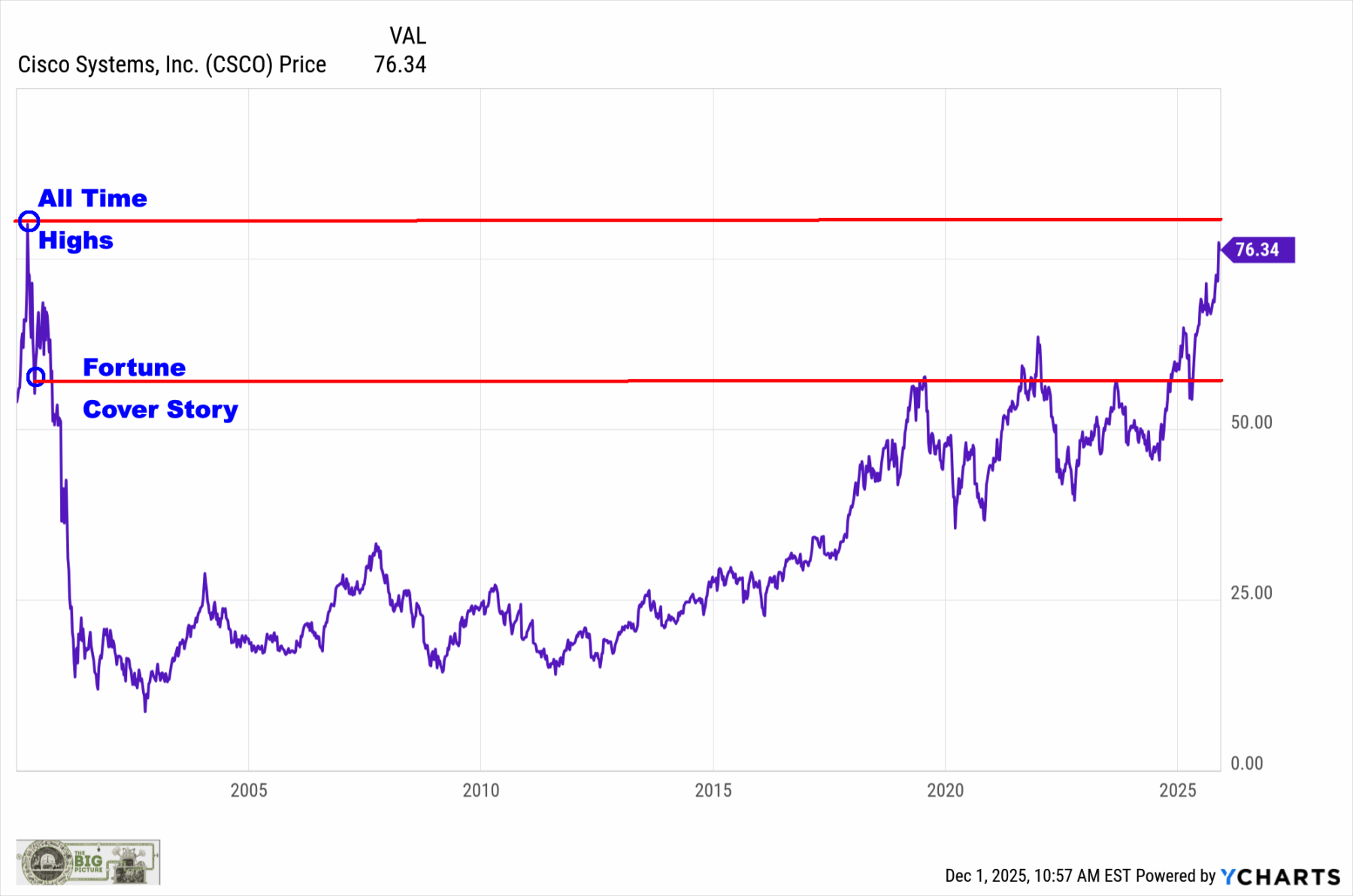Unlock the Editor’s Digest for free
Roula Khalaf, Editor of the FT, selects her favourite stories in this weekly newsletter.
The writer is founder of Sifted, an FT-backed site about European start-ups
In both a metaphorical and a literal sense, Germany is running low on energy. The country was the most sluggish of the world’s major economies last year with output shrinking 0.3 per cent. This was partly because Europe’s biggest economy has an acute energy challenge having renounced the use of coal, nuclear power and Russian gas. Once again The Economist asks: is Germany the sick man of Europe?
Yet the country is seen as a “sleeping giant” when it comes to one promising future source of energy: nuclear fusion. Germany’s formidable research base and engineering prowess give it a good shot at developing the technology. There is a strong argument that the country should go all in on fusion, which promises to deliver safe, clean, carbon-free energy with none of the dangers of nuclear fission reactors. Not only would this approach solve Germany’s energy security needs, it could also create a highly lucrative new industry.
For decades, fusion energy has been regarded as the technology of the future that will forever remain that way. Although fusion is the most abundant source of energy in the universe, the challenges of harnessing the power of the sun on Earth are dazzling. Although the theory is well understood, the practice of fusing hydrogen atoms to release energy is a diabolical engineering puzzle.
But some striking recent progress has triggered a surge of investment. One milestone was reached late last year when the Lawrence Livermore National Laboratory in the US achieved “net energy gain” for the first time by firing the world’s biggest laser at a tiny pellet of hydrogen plasma (even though the overall facility consumed far more energy than it generated).
The Fusion Industry Association says a “technology explosion” is now occurring in the field. Last year, 13 new fusion companies were launched taking the global total to 43. Overall, they have attracted $6.2bn of investment. Nineteen of those companies have forecast they will deliver fusion power to the grid by 2035. Helion Energy, a US fusion company, has already signed a deal with Microsoft to deliver electricity in 2028.
The International Atomic Energy Agency had previously assumed that Iter, the mammoth, multinational fusion reactor being built in France, would only fully prove its worth from the 2050s. But recent advances elsewhere have led the agency to create a fusion working group to co-ordinate regulation. “I am telling them now that we should be focused on the mid-2030s. We need to be ready by 2040,” says Ryan Wagner, the IAEA’s tech lead for fusion energy.
As in so many other technological fields, the US leads the world, with 25 private fusion companies. However, Germany, which has invested heavily in basic fusion research, also boasts impressive expertise and two of the most intriguing start-ups Marvel Fusion and Proxima Fusion, both based in Munich.
Last September, the federal government said it would invest €1bn over the following five years to ensure that Germany developed a fusion power plant as quickly as possible. But some doubt this funding is enough to win such a capital-intensive race.
Heike Freund, chief operating officer of Marvel, told me she welcomed the increasing political momentum in Germany behind the industry but questioned whether it could compete with the US, given Washington’s activist industrial policy and dynamic venture capital sector. “We’re facing a funding gap. There’s a missing zero,” she said on the sidelines of the Digital-Life-Design conference last week. “The Americans set a mission of 10 years and then do everything they can to reach it.”
Similarly, Proxima, the first company to spin out of the prestigious Max Planck Institute for Plasma Physics in 60 years, says it would need €500mn to finance the construction of a demonstration fusion plant using its stellarator magnetic confinement technology by 2031. “Stellarators are the clearest and most robust path to develop the technology,” says Francesco Sciortino, Proxima’s chief executive. But Germany’s regulatory regime is still uncertain and such sums are hard to raise given the lack of private European growth capital.
In spite of the industry’s excitement, fusion is not going to help solve the climate crisis in time. Because of this uncertain timetable, critics say investment would be better directed at the more rapid deployment of renewable energy, such as solar and wind. But German manufacturers have lost their grip on both those markets to state-subsidised Chinese competitors. It would be galling if Germany lost out again with fusion.
















